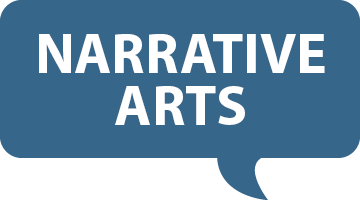Blog
Media tropes and biases, and why activists should care
PERIODIC TABLE OF STORYTELLING: Above, an ingenious representation of the biggest tropes on television, broken down into categories of story structures, plot devices, archetypes and the like. On the website of the “Periodic Table of Storytelling,” click on any of the blocks in the table and you’ll be taken to a page of examples. The table is a fun reminder of some of the most resonant — or at least familiar — pop culture narratives, which can be leveraged for social change efforts. See page 33 of the Narrative Arts guide on “Storytelling and Social Change” for more examples of how change-makers piggyback on pop culture.
MEDIA BIASES: Speaking of storylines on TV… The media have biases, alright, just not the left-right ones we may think of. So says Brook Gladstone, co-host of NPR’s “On the Media,” in her smart 2011 book, “The Influencing Machine.” Here’s a, um, comic book — illustrations by Josh Neufeld — that entertainingly and incisively analyzes all things news media. Among the many nuggets in the book are the biases the author thinks we should worry about.
Let’s start with funnest bias! “Narrative bias.” Gladstone says, “My favorite bias. Who doesn’t love a good story? But stories have beginnings, middles, and ends. Some news stories, science stories for instance, never end. They’re all middle. It’s a narrative nightmare. Try to fix the problem by tacking on a provisional ending, and the reports appear more conclusive than they really are.”
And the other biases: “Commercial bias,” the biggest bias of them all, is simply that the news must be new, which is why “news outlets rarely follow up on stories they’ve already reported.” “Bad news bias” tilts the news — and news consumers — towards anything that threatens us. “Status quo bias” is our preference that things remain the same. “Access bias” means that journalists and readers may compromise the transparency of the news in order to get access to powerful people as story sources. “Visual bias” holds that stories with a visual hook are more likely to get noticed. The “fairness bias” has reporters present opposing viewpoints, even when they’re not equal or equally valid, such as by presenting a “world is flat” proponent against someone of the view that the “world is round” — even though one of them is clearly right.
How can change-makers tell stories responsibly, and not submit to these insidious biases? Or should these really be avoided?

